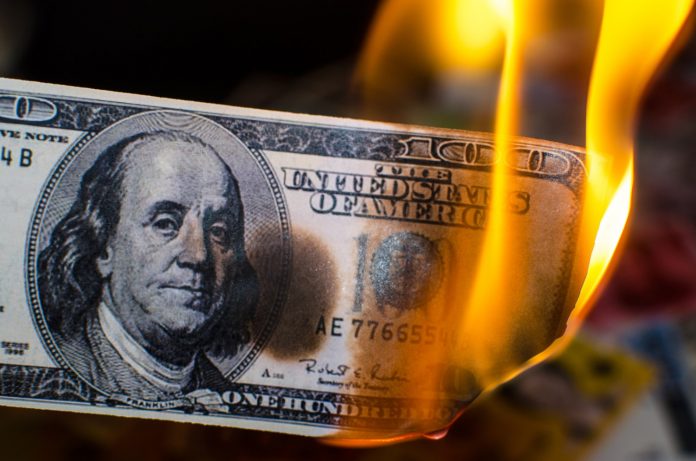Stocks jumped today despite key inflation data coming in slightly hotter than expected, with tech giants Nvidia and Meta Platforms leading the charge.
After the surprising uptick in January, expectations had been recalibrated for another significant month-over-month (MoM) movement in the headline Consumer Price Index (CPI). Nonetheless, the actual 0.4% MoM increase, though anticipated, pushed the year-over-year (YoY) CPI up to +3.2%, exceeding the forecasted 3.1%.
The more detailed breakdown revealed a 3-month annualized CPI rate climbing to 2.8% from 1.9%, while the 6-month annualized core rate saw a slight reduction to 3.2% from 3.3%.
Energy costs experienced a significant month-over-month surge, whereas the inflation in core services experienced a slowdown. The all-items-less-food-and-energy index rose by 0.4%, mirroring the previous month’s increase.
The shelter index, which was the major contributing factor, increased by 0.4%. Rent saw a 0.5% rise, with owners’ equivalent rent going up by 0.4%. Notable increases were observed in airline fares (3.6%) and motor vehicle insurance (0.9%), while the medical care index remained unchanged. The indices for hospital services and physicians’ services saw decreases, whereas dental services recorded an increase.
On an annual basis, the core CPI (excluding food and energy) rose by 3.8%, with the shelter index contributing significantly to this increase. Notable yearly rises included motor vehicle insurance (+20.6%) and personal care (+4.2%).
The core CPI figures for February were slightly higher than expected on both a month-over-month and year-over-year basis, signaling persistent inflationary pressures.
Goods inflation saw a month-over-month increase for the first time since June 2023, indicating a shift from the deflationary trend observed in goods, while services inflation remained high at +5.2% YoY.
Delving deeper, the so-called SuperCore CPI (excluding shelter) saw a notable month-over-month increase, pointing towards continued inflationary pressures, especially in transportation services.
Despite these inflationary trends, consumer prices have not seen a decrease since the start of President Biden’s term, leading to an overall 19% increase in prices under the current administration—a significant uptick compared to the average annual rise during President Trump’s term.
This inflationary environment has also impacted real wage growth, with food costs outpacing non-supervisory wage increases since the beginning of Biden’s term, highlighting the economic pressures on average Americans.
With inflationary pressures persisting, the market’s expectations for a gradual disinflation may need to be reevaluated, raising questions about the potential for a ’70s-style “stagflation.”
Despite the hot core CPI print, the dollar didn’t really react all that much. The US Dollar Index (DXY) only nudged 0.16% higher through noon. After getting smashed lower over the last few weeks, it would’ve made sense to see a dollar surge.
Instead, the dollar retained its losses while inflation hedges – Bitcoin and gold – largely held their gains. Yes, gold fell slightly today – down 0.75% – but after a massive gold surge that started in mid-February, I think many traders would have expected a stiff selloff in response to a hot core CPI reading due to anticipated hawkishness from the Fed.
That didn’t happen. It seems that the market is going to treat high inflation as an opportunity to buy more protective assets until the Fed shows signs that it’s bothered by rising inflation, which could easily drive both Bitcoin and gold to even higher highs in the weeks ahead should the Fed remain silent.









